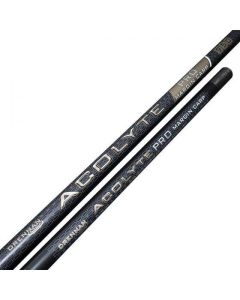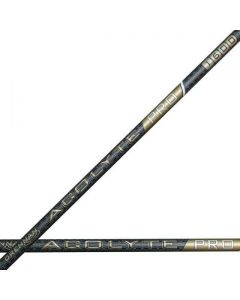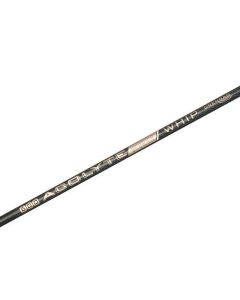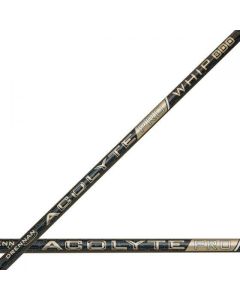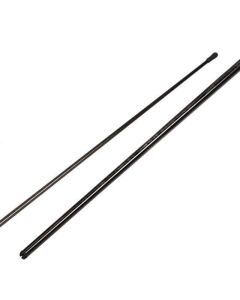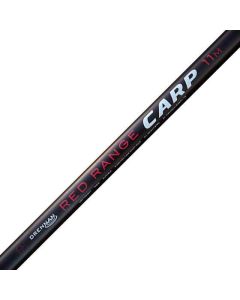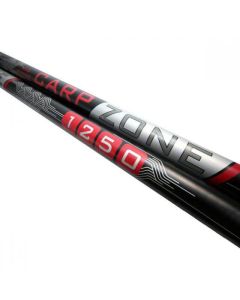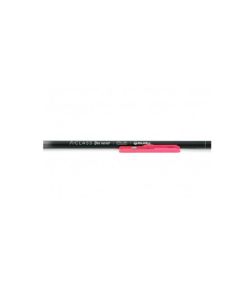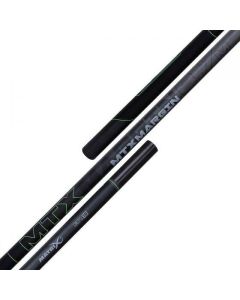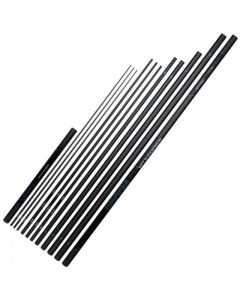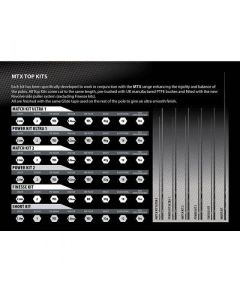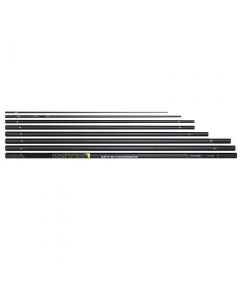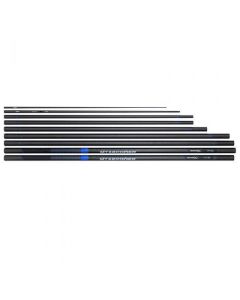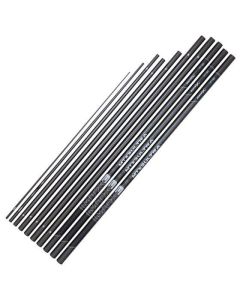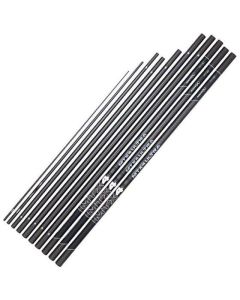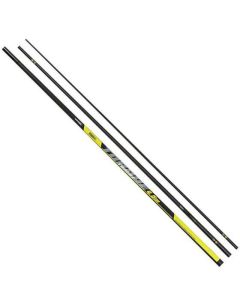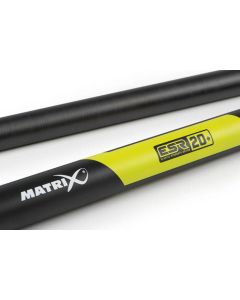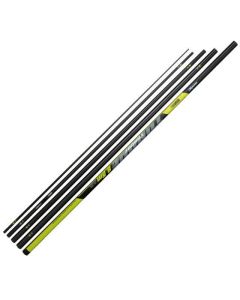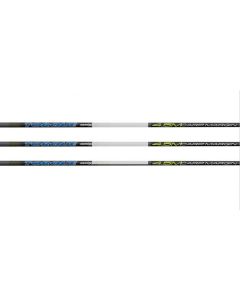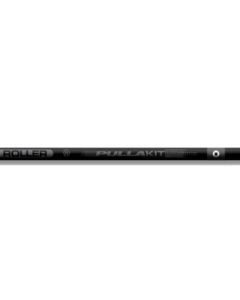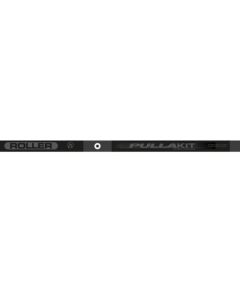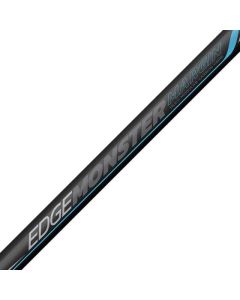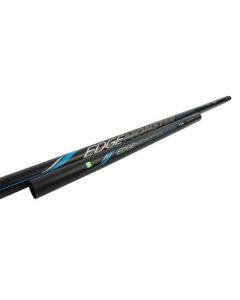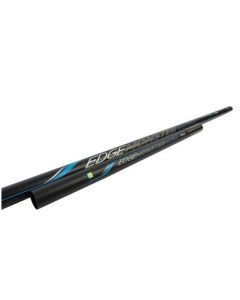Embrace the Future: The Ultimate Guide to Fishing Poles and Whips in 2024
Introduction: Charting the Course of Cutting-Edge Angling Gear
The advent of 2024 ushers in a new chapter in fishing technology. At Carp.com, we're at the forefront of gathering and analyzing industry insights on the latest developments in fishing poles and whips. Our in-depth guide is crafted to steer you through the array of innovative and high-performance gear that's setting the standard for the year. Drawing from expert reviews, angler testimonials, and manufacturer specifications, we offer you a window into the future of fishing equipment.
The Apex of Angling Precision: Preston Innovations
Preston Innovations continues to lead with its Precision X1 series, a marvel of balance and sensitivity. These poles are a culmination of feedback from competitive anglers and technological advancements, offering a nuanced fishing experience that could very well redefine success by the water's edge.
The Glide Series by Guru: Comfort Meets Innovation
Guru's Glide Series emerges as a beacon of comfort and efficiency. Designed with the angler's physical ease in mind, these poles and whips facilitate a seamless transition between different fishing styles, ensuring that your focus remains uninterrupted by the gear you use.
Matrix VersaFlex: Versatility at Its Finest
The VersaFlex range from Matrix showcases the brand's commitment to versatility. These poles and whips adapt to various fishing conditions with an ease that speaks volumes of their design philosophy, catering to anglers who appreciate gear that can keep up with their dynamic approach.
Drennan's Enduro Series: Built to Last
Drennan's Enduro series stands synonymous with durability. These poles are engineered to endure the demands of competitive fishing, offering anglers a reliable partner in their quest for the catch.
Smart Poles: A Leap in Angling Technology
2024 sees the rise of smart poles, which are set to revolutionize the fishing experience. These poles provide real-time data and analytics, giving anglers an unprecedented advantage in understanding and adapting to the environment beneath the water's surface.
Customization: Tailoring Your Fishing Experience
Customization is the buzzword in 2024's fishing gear landscape. Anglers can now enjoy gear that is personalized to their preferences, ensuring that each fishing trip is as unique as the individual.
Eco-Friendly Gear: Sustainable Angling
Sustainability takes center stage with eco-friendly materials making their way into more fishing gear. This shift not only reflects the industry's environmental consciousness but also offers anglers gear that aligns with a greener philosophy.
Pricing: Quality Gear for Every Budget
Total Fishing Tackle presents a diverse range of fishing poles and whips to suit every budget:
- Entry-Level Whips: Accessibly priced starting at £30, ideal for those new to the sport.
- Mid-Range Poles: Ranging from £150 to £500, these poles offer a balance of functionality and affordability.
- High-End Poles: With prices starting at £600 and climbing to £2,500, these poles incorporate smart technology and premium materials for the discerning angler.
Conclusion: The Future of Fishing Is Here
As we cast our lines into 2024, the array of fishing poles and whips available is as diverse as the anglers using them. From the precision of Preston Innovations to the ergonomic design of Guru's Glide Series, and the adaptable Matrix VersaFlex to the robust Drennan Enduro, there's gear to elevate every angling experience. With the integration of smart technology and a nod to environmental sustainability, this year's gear not only enhances the catch but also respects the ecosystem. Carp.com is proud to guide you through these exciting times, ensuring that you're well-equipped to make the most of your time by the water.

